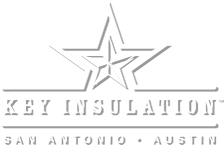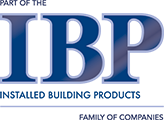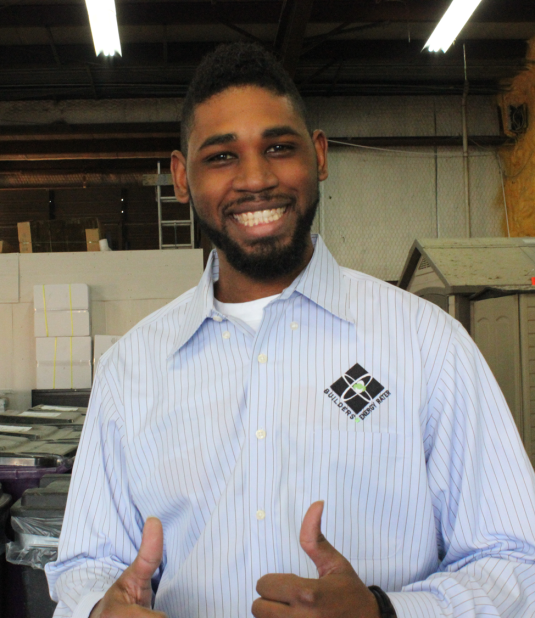 Our Newest Rater!
Our Newest Rater!
Say hello to Builders Energy Rater’s newest certified HERS Rater, David Thomas! David has been with BER for over two years now as a Ratings Processor and started the long journey to become a fully certified rater earlier this summer. After an extensive training course that consisted of multiple tests, David is now fully accredited by RESNET. He will be listed on the RESNET website as a certified Rater under the BER name and IBS providership.
Are Healthy Homes The Next Big Thing?
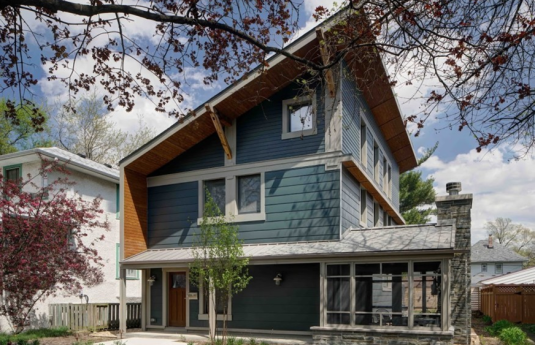
When Meritage Homes began to ask its average buyer, a 36-year-old mother of three, how it could create better value in 2009, the subject of health kept coming up. Moms were worried about kids with allergies and concerned about soaring child asthma rates. They’d read that environmental toxins could disrupt children’s hormone development and watched HGTV shows about people building houses that promote wellness. They said they had enough to think about without having to worry about mold, offgassing, and radon.
Their answers caught company executives off guard. “I kind of missed how important this was initially because I never asked,” says C.R. Herro, vice president of energy efficiency and sustainability for Meritage. “Most builders don’t appreciate how much value they’ll get by going down this road. Talking to people about taking care of how their family feels and offering them better lifestyles is a self-supporting, smart business strategy.”
In 2014, as a result of this research, Meritage began to add features that improve airflow and reduce toxins in its homes, including better air filters, whole-house water treatment, and low-emitting materials. Salespeople now ask buyers about respiratory issues, which makes sense because 17.7 million adults and 6.3 million children in the U.S. have asthma and more than 50 million Americans suffer from allergies.
At Chicago-based Evolutionary Home Builders, health is a foundational pillar. Brandon Weiss founded the company in 2005 after experiencing healthier green buildings while playing professional basketball in Europe. His new line, Evolutionary Pro Homes, is marketed to meet the exacting physical needs of professional athletes. The homes are designed and built to provide more oxygen, fresh air, and negative ions than traditional homes while reducing toxins and allergens. Weiss says doctors have recorded health metrics of athletes pre- and post-occupancy to show how improved indoor environments enhance performance. His company is already in conversation with athlete home buyers and a home builder in another market with an athlete client who is interested in consulting and branding. “Our customers definitely seek us out for what we have to offer,” Weiss says.
Across the country, home builders large and small are working to determine whether healthy building standards are important for their buyers. Many building pros have been reluctant to offer health and wellness features because they think they will cost more, interfere with schedules and budgets, and lead to conversations with clients about things they don’t understand. But builders who have already stepped into the healthy home arena say these concerns are becoming non-issues.
Click here to read full article.
Featured Project
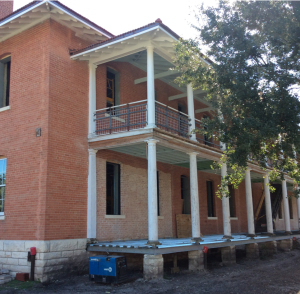 Key Insulation is currently working on the historic renovation of classrooms dating back to the 1920’s at Fort Sam. We are installing the Air Barrier system with both closed cell and open cell foam.
Key Insulation is currently working on the historic renovation of classrooms dating back to the 1920’s at Fort Sam. We are installing the Air Barrier system with both closed cell and open cell foam.
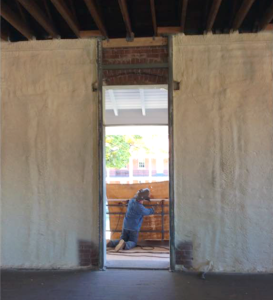
Baby On Board!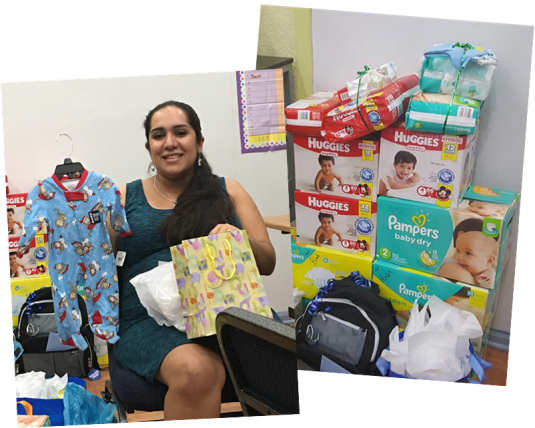
We had fun celebrating this momma-to-be and her baby boy, Andres! Marie Benavidez, an Estimator here at Key, and her fiancé are expecting their first baby together just right around the corner on January 1st!
What’s In Your Walls? – Energy Efficient Insulation
As a primary energy-saving product in the home, insulation is inherently “green.” But most types of insulation have green properties beyond just the R-value, and dealers looking to promote and sell green products can leverage the sustainable selling points offered by many of today’s insulations.
Understanding what makes products green and which carry which green attributes is important. “There are different shades of green, and the home building industry has to do some work in finding out what they are …, not just take it at face value when a product claims to be green,” advises Teresa Orofino, marketing communications supervisor for Icynene.
Energy efficiency, or R-value, is the most important characteristic of any insulation. But other aspects of a product also play a part in its sustainable properties, including content, raw materials sourcing, manufacturing processes, embodied energy, environmental impact, and effect on the home environment, says Mike Muccio, vice president of marketing for BioBased Systems.
Using recycled content is an environmentally sensitive feature that most insulation products now have. Cellulose insulations like Applegate’s Applegate Insulation and U.S. GreenFiber’s Cocoon use 80 to 85 percent post-consumer paper. Fiberglass insulation products from Johns Manville, CertainTeed, Guardian Fiberglass, and Owens Corning use 20 to 35 percent recycled glass, depending on the manufacturer.
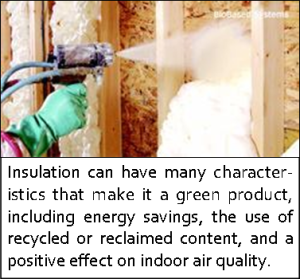
Some products utilize industrial and agricultural by-products, as well as naturally renewable materials. For example, silica sand—one of the earth’s most abundant and renewable materials—is a primary ingredient in fiberglass insulation. In some spray polyurethane foam (SPF) insulations, such as BioBased Systems’ BioBased 501 and North Carolina Foam Industries’ Insulstar, soybean oil–based and sugar beet– or corn sucrose–derived polyols used to replace a percentage of petroleum-based polyols. Bonded Logic’s UltraTouch and InnoTherm from InnoTherm Inc. use waste from denim manufacturing as the primary material, while waste material from steel manufacturing is turned into mineral wool insulations like ThermaFiber’s blown-in ThermaTech System.
Limiting harmful impacts on indoor air quality (IAQ) is another important green characteristic that many insulation products claim. Manufacturers of cellulose and cotton-fiber insulations say their materials do not contain chemicals that have harmful health effects. Many SPFs, including Icynene and BASF’s Enertite, now use either water or ozone-friendly chemicals as blowing agents. Even fiberglass insulations that emit low levels of harmful gases like formaldehyde have a minimal impact on IAQ. Johns Manville has removed formaldehyde entirely from its fiberglass products. Knauf, Guardian, CertainTeed, and Owens Corning fiberglass products and BASF’s SPF product have been verified for acceptable levels of chemical emissivity through the GreenGuard Certification Program.
As energy costs continue to rise, consumers are more willing to pay for green features, and green and sustainable building is becoming more mainstream. “The people who are marketing the materials contractors use really need to understand that and be in tune with what’s happening,” says Dan Lea, executive director for the Cellulose Insulation Manufacturers Association.
Community Involvement
Here at Key, we try to stay involved  with charitable organizations and our local community throughout the year. Here is a little overview of what all we participated in/donated to this year:
with charitable organizations and our local community throughout the year. Here is a little overview of what all we participated in/donated to this year:
- GSABA Military Thanksgiving
- Children’s Hunger Fund
- Charity Home in Austin
- Donations to San Antonio Young Marines
- Donations to Light the Night LLS Society
- Donations to Bracken Firefighters
- Chesmar “Tiny House” Project
Happy Holidays!
This year we were extra festive around the office! We had a competition to see who could come up with the most creative ideas to decorate their door/cubicle. Daniel Carpenter, with Builders Energy Rater, took home the gold in decorating with his hand-cut snowflakes!

Words of Wisdom
Don’t you just hate waiting? Black Friday may be fun for some, but even the thought of long lines has me content to stay at home. Do not ever get behind me in the line at HEB, because that line will find a way to miraculously slow down. Whichever lane on the highway I choose to drive will automatically be slower. We are like the guy who prayed for patience…and I wanted it now!
This time of the year is known as advent, a time of expectation and waiting. The word comes from Latin and means “coming”, as in the coming of a special person or event. It pictures the idea of childlike expectancy of something special.
The people of God had waited for years upon centuries for the promised Messiah, the one who would come as Redeemer and Savior. Then, at the right moment, at just the right time, he used a seemingly unlikely couple to bring about His special event of advent: “While they were there (Bethlehem), the time came for her to give birth. She (Mary) gave birth to a son, her firstborn. She wrapped him in a blanket and laid him in a manger, because there was no room in the hostel.” Luke 2:5,6 Joseph and Mary were not unique in their profession or family or standing; they were unique in their obedience. Both were common in many ways, but became “highly favored” for their trust. They were patient in their waiting. They had opportunity to abandon the whole idea…at least nine months, but remained faithful. They knew what ridicule and whispered words were all about, but kept patient. They were literally expectantly waiting for what was to come. I’d say it was worth the wait, and believe the couple would agree.
As we enter the Advent season, let me encourage you to expectantly wait for what is to come in your life; to be open to faith and obedience. And if it involves the Savior of the World, it will be worth the wait.
David Eaton, Area Team Leader
![]()
Upcoming Events
January 6th GSABA Housing Forecast
January 17th HBA Austin Housing Forecast
